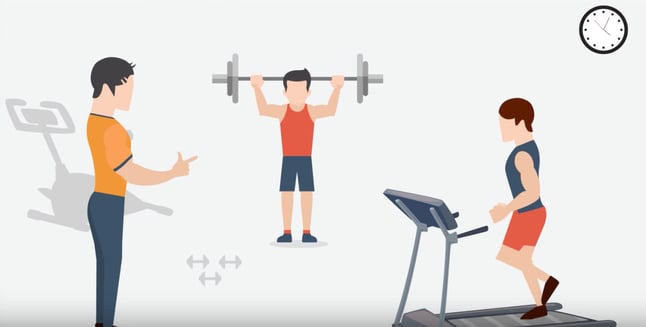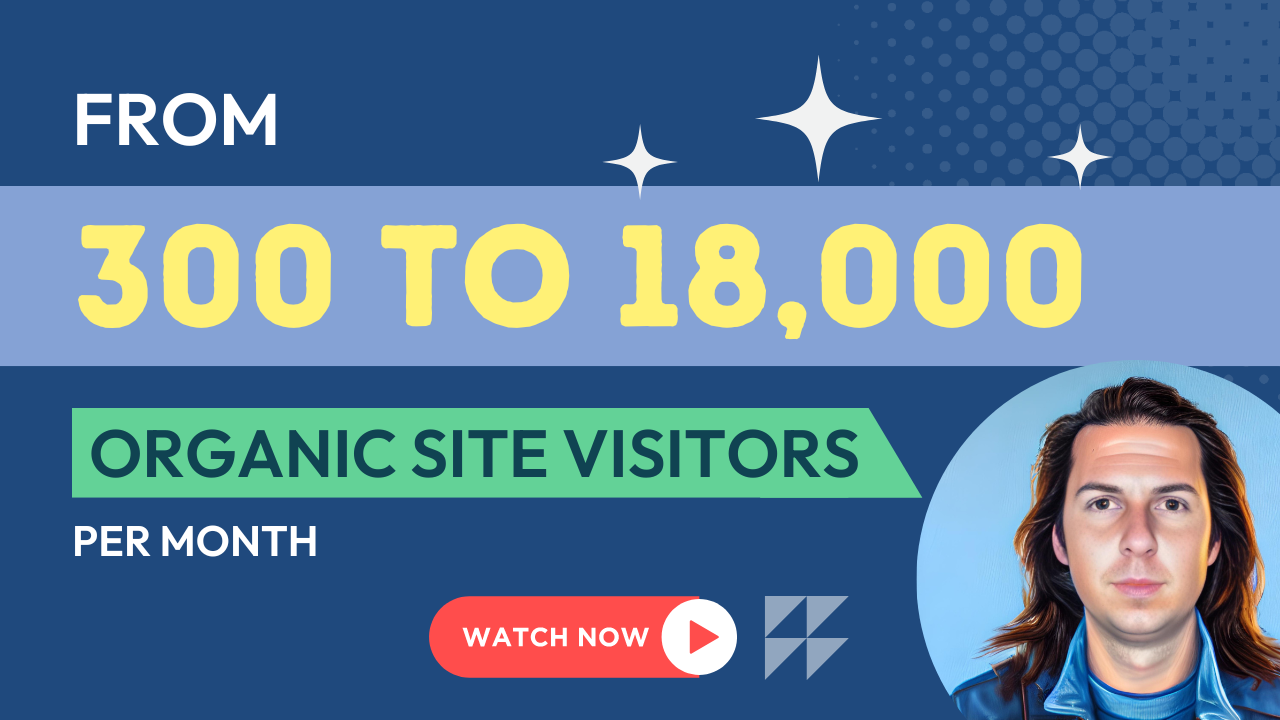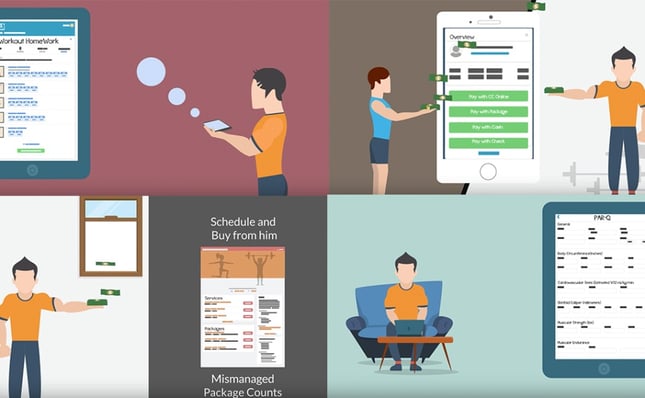
Having a great explainer video can be a critical component to your customer acquisition strategy, particularly with the emergence of video ads on Facebook. But once you sit down and try to create one, it's probably going to take more time than you thought. In this article, I'll explain how a great explainer video was central to our success when I ran marketing at amSTATZ. Hopefully you save some time as you develop your own customer acquisition plan by reading about our keys that I learned from multiple iterations over several months. The first video we produced was done for $0.00. That's right; a member of the customer success team used iMovie to do it all. The video was a great value for what it cost, and converted at 9%, meaning 9% of page visitors would submit their email to start a free trial. But it was 3:11 in length, the footage of the product looked grainy, and the voice over quality wasn't great; you could hear that it wasn't recorded in a real sound studio. The second video brought our email-submission conversion rate to 17%. Now, 9% to 17% may not sound like a lot, but, it's actually huge.
Here's the video that saw the huge jump in conversions:
Customer acquisition strategy 101: Define your user personas first. The more research you do, the better off you'll be when you start paid marketing.
Don't try and hit a moving target. You may be anxious to get going and to start acquiring customers, but your customer acquisition cost is going to be a lot better off in the long term if you do more research up front. Who are you trying to reach? When we were first figuring out who would be our target customer, we dug deep to try and figure out all the different layers of personal trainers that existed in the market. It turns out we discovered that there were about 5:
- "Studio Stanleys" Fitness studio owners who own or rent retail space. Their clients come to their one set location for the majority of the services they provide. This group was a prime candidate to expand into subscription online coaching.
- "Solo Sams" Truly independent personal trainers who are essentially running a small business and providing all of their services to their clients.
- "Gretchen Group-X" Group exercise instructors who generally only teach 5-7 classes per week. They may see clients on the side but over half of their time is spent working with groups of over 10 people.
- "Corporate Carls" Part time personal trainers
- "Big Box Ben" a personal trainer working at a big box gym.
Even knowing this much, we still decided to focus our acquisition of one key group: The Independent Personal Trainer. Independent Trainers made up 60% of the market as it was, and while all these groups could use our product, we needed the independent trainers to really embrace and use the full breadth of tools for it to become an indispensable part of their lives.
As you'll notice, the video starts by defining a character to whom our top user persona could best relate. Not long the video came out was the sales team reporting people saying, "I AM Andy! That's totally me!". Now did this mean our more acutely-targeted campaigns meant we sacrificed getting customers from other user personas? Not necessarily. But once your product has traction with a definable persona, your customer acquisition will be better off if you focus in one one key persona at the outset than a more scattershot approach. If you had two or three well-defined customer personas, you could consider doing multiple versions of the same video, just with variations in a segment of the imagery and copy. If you went into the project with these differences outlined, it will save you a lot of money to produce something this way than do do three separate videos. Since the effectiveness of your acquisition campaigns will depend a lot on your costs, this approach to explainer video production could make a lot of sense for you."Not long the video came out was the sales team reporting people saying, 'I AM Andy! That's totally me!'"
Quality really matters. But it doesn't have to cost an arm and a leg.
If you've ever considered purchasing SaaS for your own business, you may have realized how the marketing materials, videos, website quality, etc, impacted your perception of quality. But the truth is, producing good work doesn't have to cost a fortune. We recorded the voice over for the video above for $20. The video production came from a group out of India called Bode Animation, who will produce good quality explainer videos for you for a reasonable price.Tell a story, where you build up a problem then explain how your product can become the solution.
Not only does it make sense to start an explainer video by introducing a character and a short description of who you're hoping to reach, but devote the early part of the video to building up the pain points that your target audience is likely experiencing. The more key pain points you can hit on early in the video, the better you'll be able to tie them back to you product and discuss how your product can alleviate those problems."Andy wasn't efficient with his time..and pretty unorganized. He wasted time carrying around client folders stuffed with paper. There wasn't an easy way for clients to schedule, and buy from him. He often lost money on mismanaged package counts, and he got paid on time, only some of the time. Most troubling was, his clients never heard from him between sessions."
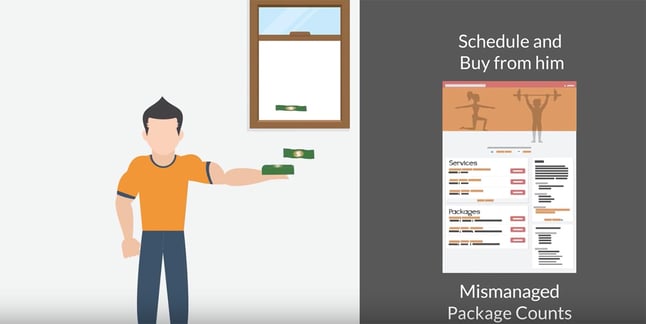
All of this pain point build up leads into amSTATZ, the product, being the solution.
"amSTATZ combines many of the systems you're already using with your clients, into one web-based app."
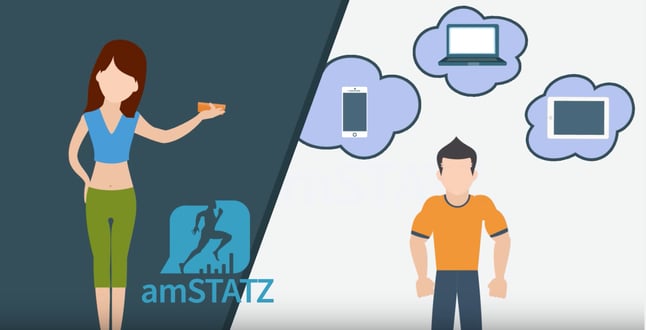
"Now his clients can easily find him on the web, book and buy from him, and receive workout homework."
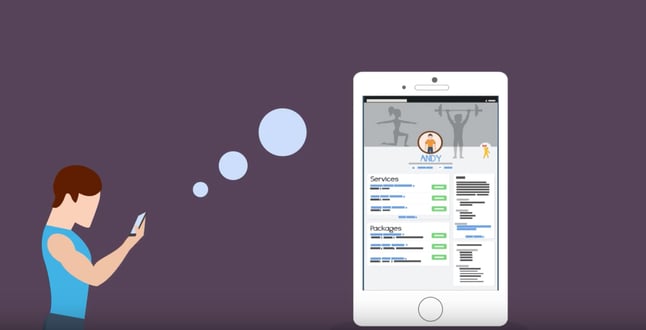
"Now Andy has clients fill out PAR-Qs ahead of time, and he's ready with programming when they arrive."
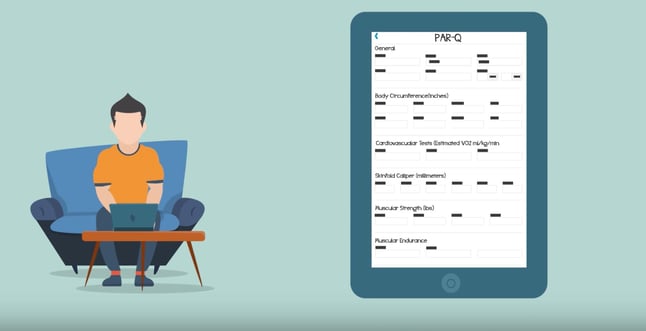
"Once they're checked in, he can log their session from his tablet. When they're done, he can send homework, or add in some online coaching."
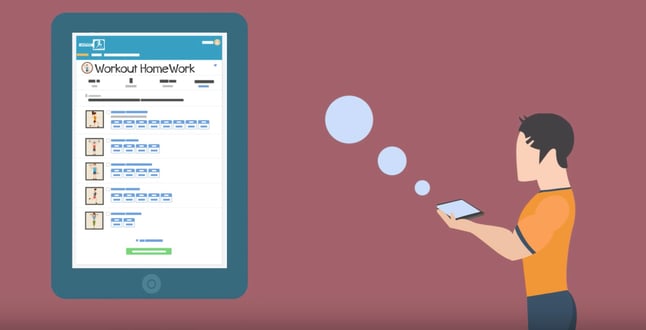
"Best of all, Andy can take payments via Stripe, without having to exchange those tough words, 'your bill is due."
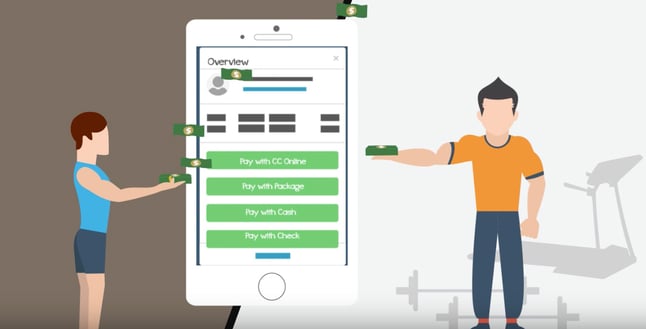
"Now Andy has a system in place stay organized, manage his time more efficiently, and keep more clients, for longer."
The call-to-action is essential to any customer acquisition strategy.
It may seem obvious, but don't forget to include a proper call-to-action at the close of any marketing message. After all, you only produce content get your prospect to take some desired action. It can range from a simple email opt in, to an eBook download, all the way to "start your risk free trial" as we used at the end of this video. Because our customer acquisition strategy was set up for a trial conversion model, we closed by asking prospects to sign up for a trial. There was no credit card required, so there was really no risk if they decided they didn't want to try it.A good customer acquisition strategy means paying close attention to how much everything costs, from acquiring leads to acquiring customers.
How much? The total cost of production for the video above was just under $2,000. To figure out how the cost impacts your cost per acquisition, consider amortizing that $2,000 out over the length of time you'd use it. So, $2,000 divided by lets say, 6 months, is $333 per month, on top of what you might spend in advertising. So if you spend $2,000 on Facebook advertising and you get 100 new trial signups, your cost per trial, or cost per lead is $20. With the cost of the video amortized out over the length of the 6 months, your cost per lead is now $23.33.

